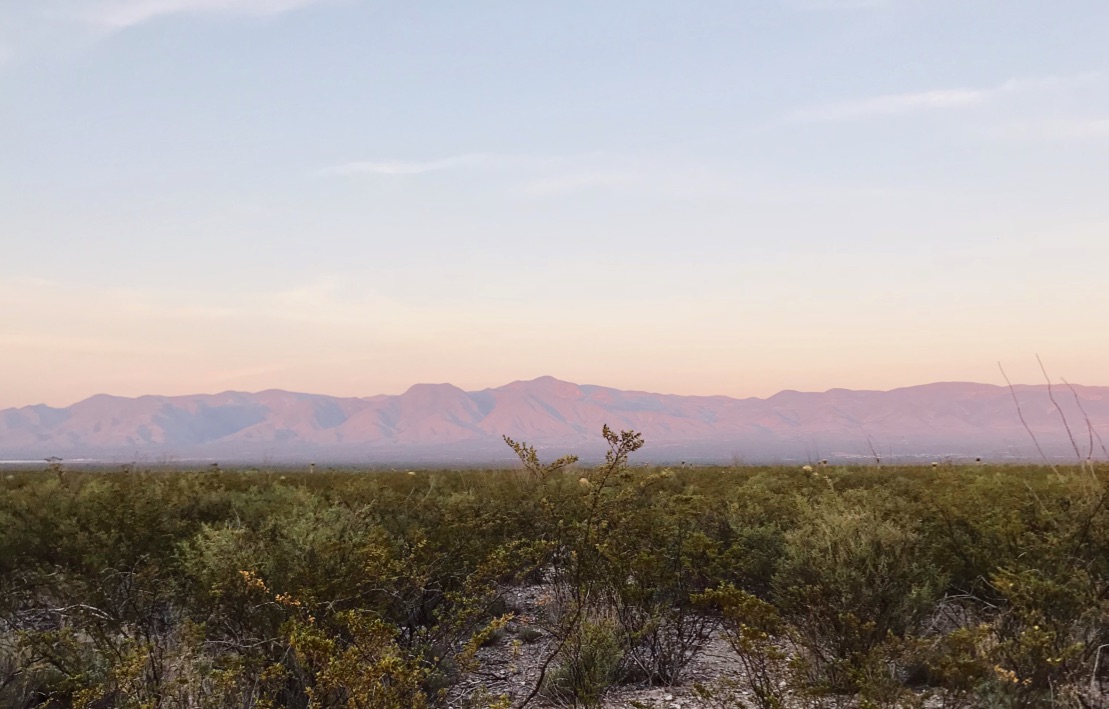by Diana Quinn
Indigenous peoples occupy about 20% of the world’s territory, which is home to about 80% of the world’s biodiversity. By protecting their land rights, we protect the future of life on this planet. I invite you to consider this possibility: What if indigenous people, their land and sacred sites worldwide were honored and protected? WHAT IF?
I recently had the profound honor of making a pilgrimage to Wirikuta and Cerro Quemado, sacred sites of the Indigenous Wixáritari (Wixárika (Huichol)) people of Central Mexico. The Wixárika (Huichol) make this traditional pilgrimage annually, taking about 40 days to cross the territories from the ocean to the valley of Wirikuta, and concluding with a trek to the peak of Mount Quemado. In Wixárika (Huichol) cosmology, the sun was born on the peak of Quemado and is represented in ceremony by Tatewari, Grandfather Fire. Mount Quemado itself represents the head of the Blue Deer god, Kauyumari. It is believed that their ancestors come from the valley of Wirikuta and reside there. During our time in the area we could certainly feel the power of these sacred places!
After spending a night in Wirikuta, we prepared for our early-morning ascent of Quemado from the village of Real de Catorce. Real is a historic mining town that was constructed by the Spanish in the 1700s. It is now a sparsely inhabited village, and a pilgrimage destination site for the Wixárika (Huichol). Leaving at about 4 am, we departed the village on foot to make the ascent in time to summit by sunrise. Elevation of Quemado is about 10,000 feet, and the climb took roughly two hours to make. Once we reached the peak, our group placed offerings for Kauyumari and Tatewari at the mountaintop outdoor shrine. As the sun began to rise over the horizon, we welcomed it with music and prayer.
Following the prayer offerings, we shared as a community the essence of our benedictions. The central theme of these were the wish for protection of sacred sites worldwide and preservation of indigenous wisdom.
Though Quemado itself is a UNESCO-designated natural sacred site, recognized for both its cultural significance and ecological diversity, the land is still under threat from aggressive development by the silver mining industry. In 2009, the Mexican government sold the land rites of Real de Catorce to Canadian mining company First Majestic Silver. In response to the sale, a small group of indigenous leaders, NGOs, and Mexican celebrities have been protesting mining in the area.
Their efforts prompted the ‘Declaration for the Defense of Wirikuta‘ which protected the site, and a subsequent victory in federal court blocked further development. However, in Mexico such victories can be short-lived as the threat of development and exploitation of land for profit looms. If mining ever does occur, the impact would have devastating environmental, health and cultural impacts for the Wixárika (Huichol) people.
With mining halted, the government has promoted tourism in the area, but forced the Wixárika (Huichol)s to sign off any right to profit from tourism in the area.
It is within the context of these pressures towards the Wixárika (Huichol) and their sacred Wirikuta land that we made our pilgrimage to Quemado, made our offerings to Kauyumari, the blue deer, and Tatawari, the Sun god, and prayed: “What if indigenous people, their land and sacred sites worldwide were honored and protected? WHAT IF?”
The Stevens have founded a non-profit organization to support the preservation and exchange of indigenous wisdom. The organization, Center for Shamanic Education and Exchange (CSEE) has offered a grant to the Wixárika (Huichol) people which will allow them to restore the temples at the heart of their ceremonial center in Jalisco. The building project provides resources to construct new roofs for the Queaehruitea temple buildings using traditional Wixárika (Huichol) building methods, and provides elders of the community the opportunity to teach younger generations traditional building techniques.
CSEE is requesting donations to support the rebuilding project. Please consider supporting this project and the CSEE mission of preserving shamanic cultures with either a one-time or monthly donation by clicking the links below.

